The Evolution of Excellence
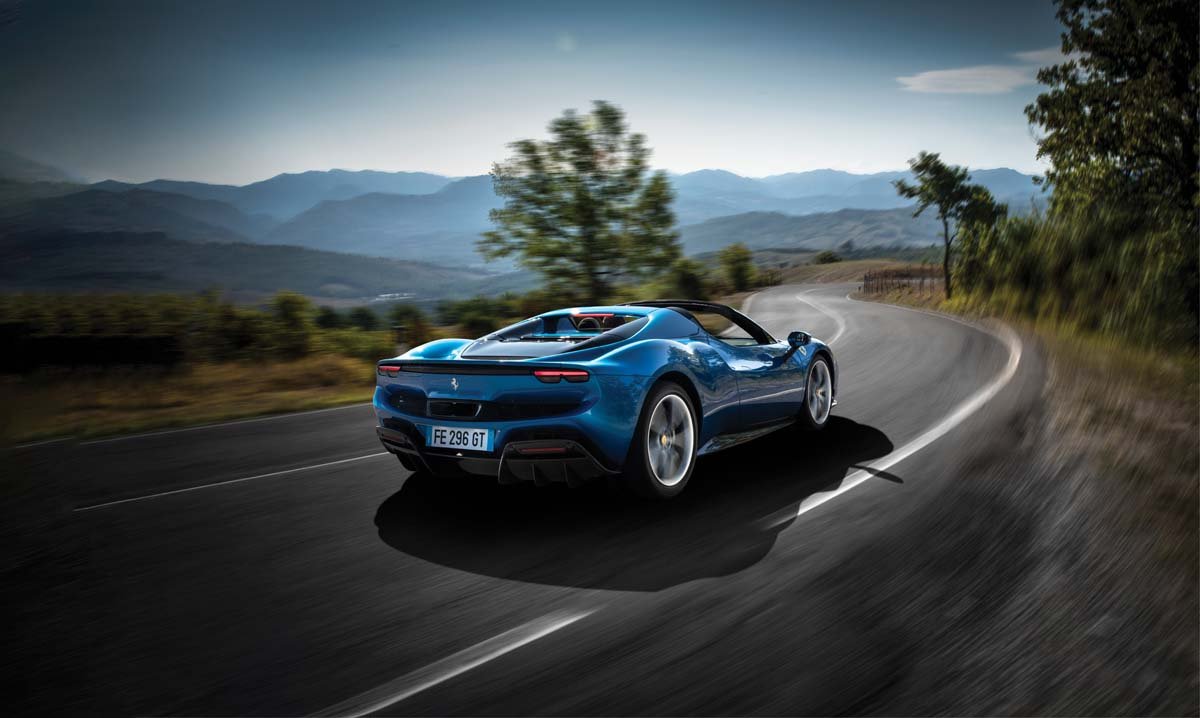
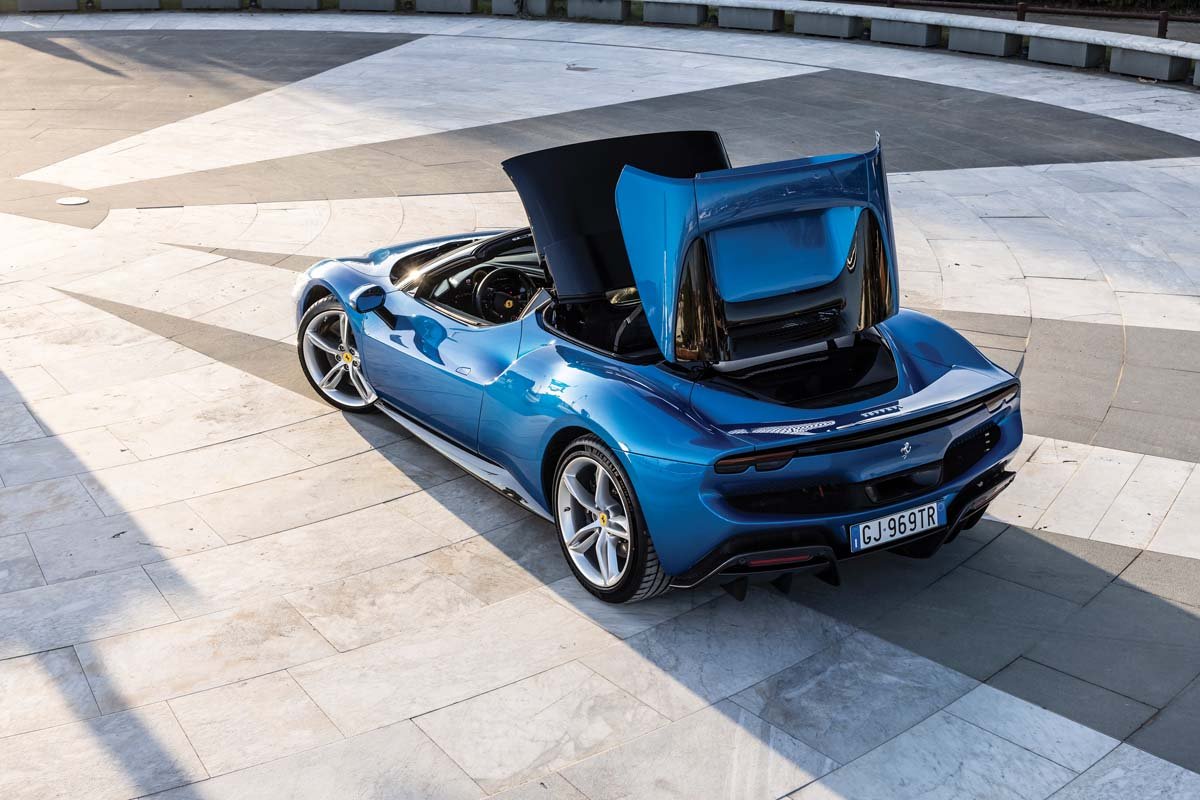

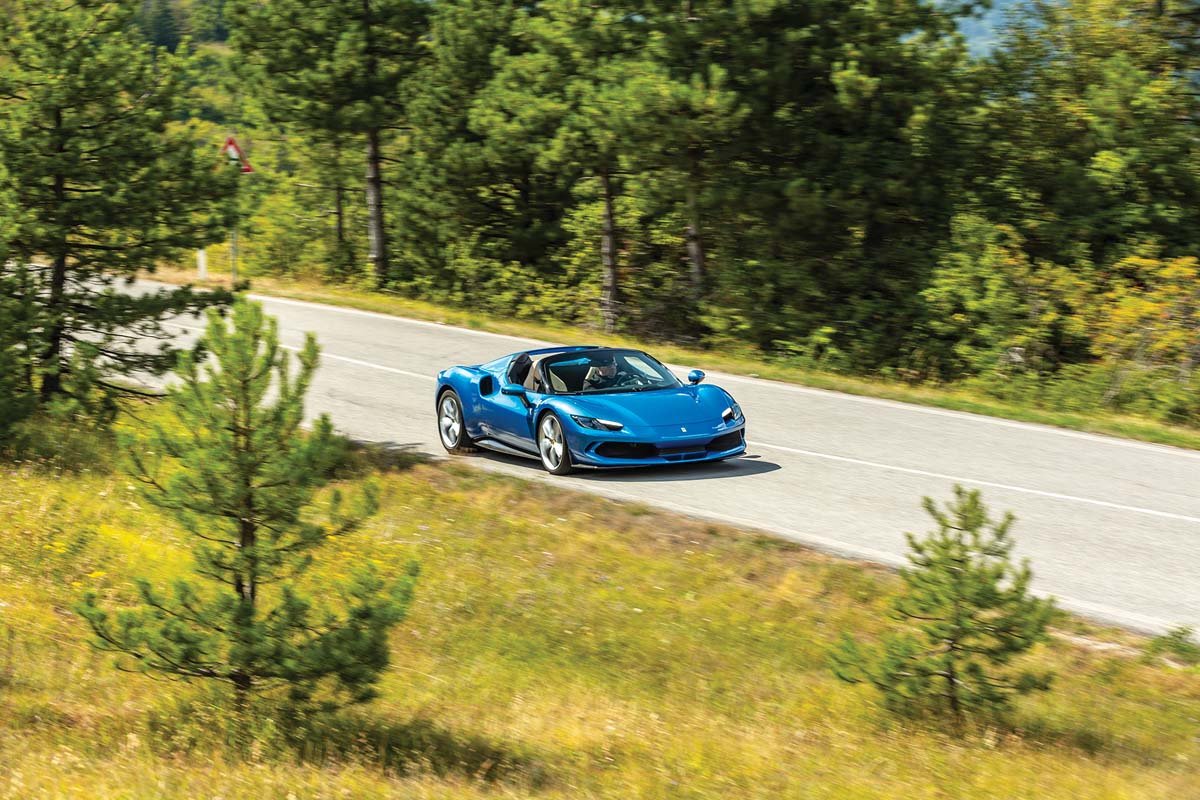
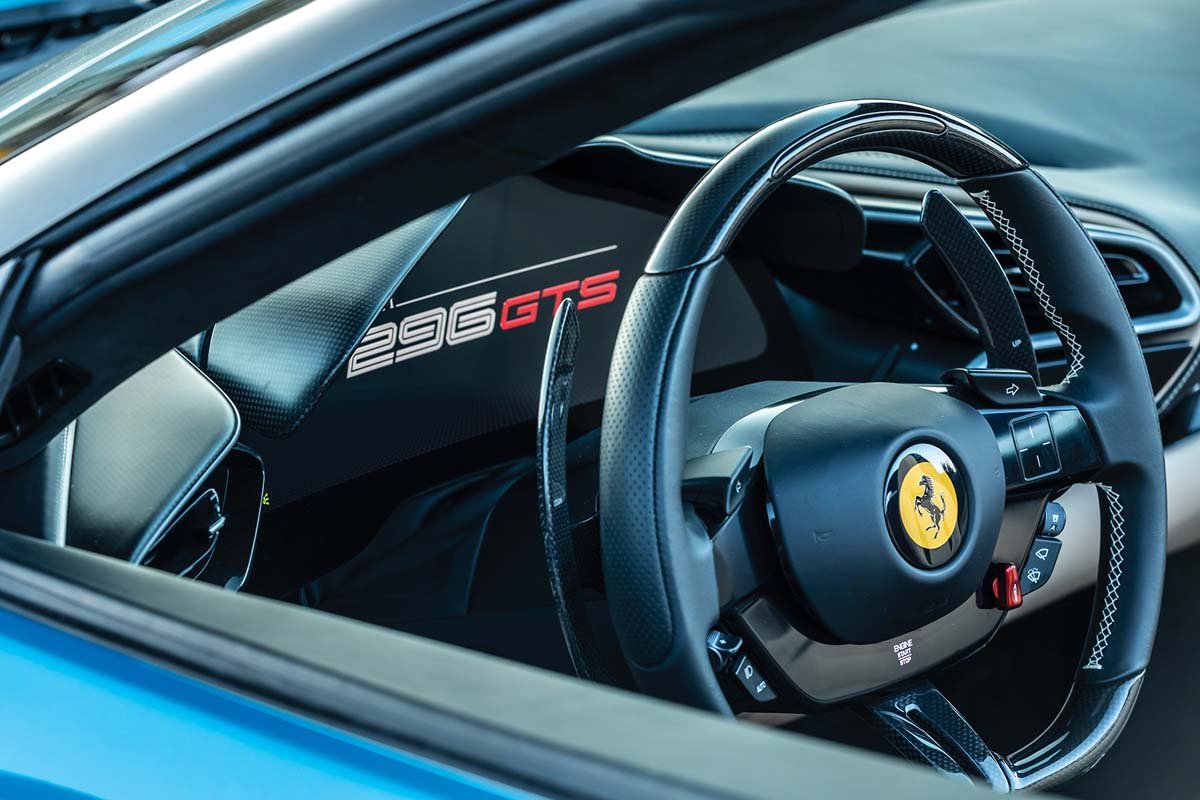
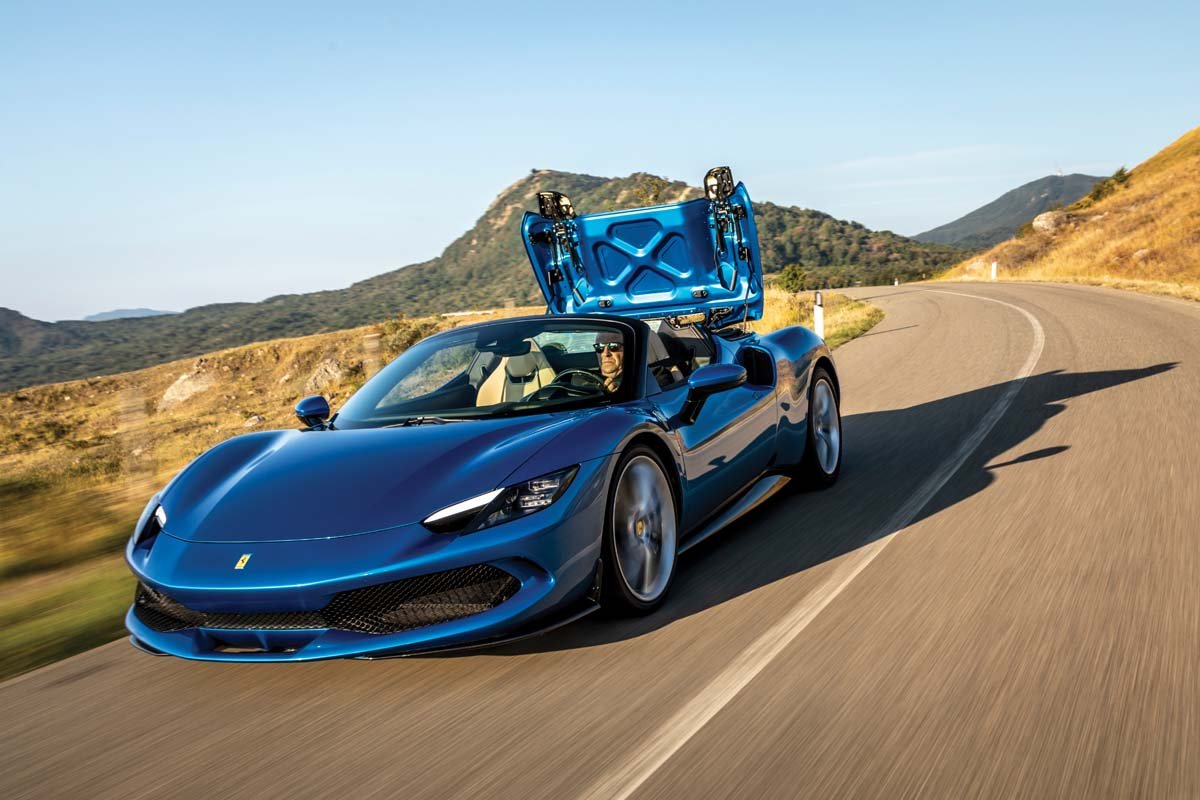

Ferrari has a clear history and image — a super low supercar with a long tradition of large gas-powered engines and, until recently, a standard stick-shift transmission. But times are changing, and the new 296 maintains the attractive super low sports car look, but the engine departs from tradition in several ways.
First, instead of eight cylinders or more, the 296 has a 3.0-liter V6. Way back when, Enzo Ferrari produced the V6 Dino (named after Ferrari’s son) but did not call it a Ferrari. Perhaps more shocking is that the 296 is a plug-in hybrid, meaning it has an electric motor to assist the gas engine. The total horsepower resulting from this combination is a spectacular 818 horsepower (654 hp from the gas unit and 165 hp from the electric motor). And the transmission is an 8-speed dual-clutch automatic transmission. The end-result of this combination is a gas mileage rating of 47 mpg in the electric motor mode.
Notwithstanding these powertrain changes, the overall look still screams Ferrari. A very low overall profile is presented with the front end sweeping down, large headlights seamlessly integrated on each side, and a significant low spoiler completing the front end. A low-slung rounded roofline hovers above the two-passenger compartment and sweeps back to a large spoiler in the rear. The rear gas engine can be seen through the glass-covered rear hood. In a word, it’s a beauty. Driving it garners waves and shaka signs from other drivers. Additionally, pedestrians often take pictures.
The interior is predominantly covered in leather with carbon fiber inserts scattered throughout. The two seats are positioned low inside and have high side supports to keep occupants in place. Even the floor mat colors match the leather seat colors. A reasonably sized video screen is embedded in the dash pod, displaying a map and various digital readings for speed, transmission gear and other information. Various buttons are located on the steering wheel and the center console to control shifting patterns, among other features. An automatic dual climate system is provided. Excitingly, with the push of a button, the rear and side windows descend, the rear hood rises, and the roof vanishes beneath it. Suddenly, you’re in a convertible. This transformation can occur at low speeds.
Having two power sources not only improves fuel efficiency but also results in impressive acceleration. The zero to 60 time is 2.8 seconds, and the top speed (when racing at Daytona Speedway) is 205 mph. The electric motor and gas engine can interplay. By pressing a button for electric mode, you ride in near silence. But depress the gas pedal, and the turbocharged V6 ignites. Shifts can be managed manually with sizable handles behind the steering wheel. Otherwise, the automatic handles the shifting. Steering is precise, and even with the super 20-inch tires, the ride isn’t overly rigid. In V6 mode, the deep exhaust note is audible.
Clearly, this Ferrari represents a glimpse into the supercar’s future — a blend of substantial performance but with the option to go silent, achieve commendable fuel efficiency, and still revel in the rumble of a gas-powered engine.
MODEL // Ferrari 296 GTS sports car
POWERTRAIN // Twin-turbocharged 3.0-liter V6 (654 horsepower) paired with an electric powerplant (165 horsepower) for a combined total of 818 horsepower; 8-speed dual-clutch transmission; rear-wheel drive.
FUEL MILEAGE // Electric and gas: 47 mpg combined (city/highway); gas only: 20 mpg combined (city/highway).
PERFORMANCE // 0-60 mph in 2.8 seconds; top speed: 205 mph.
PRICE // Base price $366,139; as tested $514,313.
